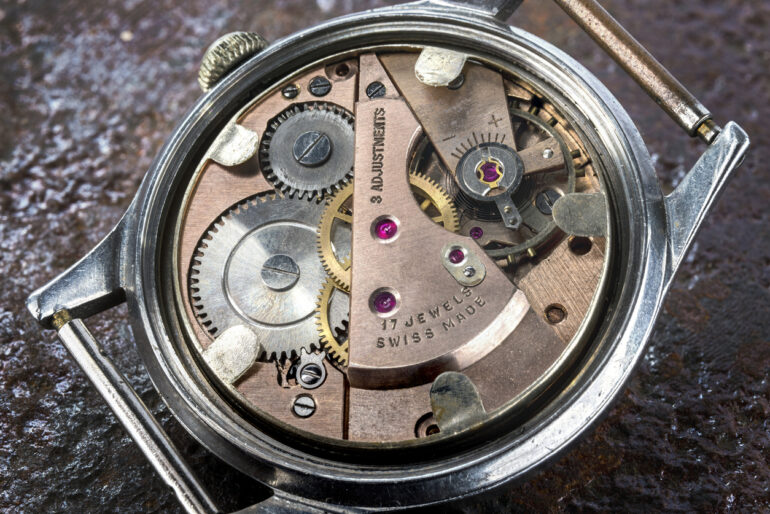Any conversation about Swiss culture will quickly point out the craftsmanship at the heart of everything the Swiss do. And anyone discussing quality and craft will immediately mention the precision watches the mountainous country is known for — with good reason! With companies like Breitling and Zenith producing mechanical watches able to measure down to one-tenth of one second, it’s no wonder the Swiss maintain their reputation for being meticulous. The tradition of Swiss watch-making goes back to the 16th century. When John Calvin banned the wearing of jewelry during the Protestant Reformation, jewelers turned their skill to making timepieces. By 1601 Geneva was home to the first watch-makers guild. With 400 years of practice, mastery does seem inevitable.
Watches, Knives, Trains, Cheese…
If you travel to Switzerland, it doesn’t take long to notice that there is a value of craftsmanship that permeates the culture. And it shows up in even in the least expected places. Alexander Bernnouna, CEO of the timepiece division of Victorinox, a company most-known for knives made from legendary surgical steel, believes that traits like precision, quality, and functionality are innately Swiss. Indeed, when you start looking beyond watches and knives, these qualities show up in everything.

You might find it in something like the complicated operations of the rail system, or the engineering involved in running those trains through the middle of very large, very steep mountains. But you’ll also find it in things as simple as fenestration (windows). More than once I’ve found myself reading next to an open window in Zurich with the sounds of traffic and people in the street nearby, only to close it and be surprised by the immediate sound of…absolute silence. Start looking closely at everyday items, and you’ll begin finding that everything is well-made and well-designed. But why?

Craftsmanship is Doing Good Work for Its Own Sake
An article published in CorD magazine in July 2019 speculates that the stability of the Swiss franc has something to do with it. Master crafters, free from huge market fluctuations, can focus on quality in the design and creation of a product, rather than the price. The author also believes that stability may facilitate the transfer of knowledge from one generation to the next. When they don’t have to focus primarily on making money, young people take on the longer apprenticeships that allow them to deepen their skills in a craft. Two-thirds of Swiss youth tend to opt for apprenticeship type programs over pre-university education. And Swiss society benefits from an abundance of well trained specialists in the workforce.
In his book, The Craftsmen, Richard Sennet describes the key characteristics of craftsmanship: skill developed to a high degree, quality-driven work, and the desire to do the job well for its own sake. It would appear that financial stability and a penchant for vocational training doesn’t paint the full picture. It’s maybe this last part about the desire to do good work for its own sake that makes the difference.
Tradition is Alive and Well in the Alps
The Swiss also take tradition to heart. The practice of tavillonnage is a great example of both of these ideas. There are only 10 masters left that know this method of roofing still found on some traditional buildings. During the winter when the sap is low, tavilloneurs expertly hand cut the shingles from centuries-old spruce or fir. They know the grain in these old growth trees is straight and tight, and makes for a stable, durable building material.
Unlike the use of modern materials, this method requires the tavilloneurs to understand the forests and visit them often to know which trees to harvest next. A tavilloneur could watch a particular tree for years before deciding it was right for cutting. You can’t miss the trees for the shingles, as it were. And as you might imagine, it’s not the fastest method of covering a roof either. It takes a master craftsman one hour and 250 shingles, (only 12 of which are visible on the surface!!) to cover one square meter of roof area. Incredibly, a roof like this can endure months of heavy snow without leaking or rotting for up to 100 years.
So perhaps it’s not just the attention to detail, precision, and functional design or the extensive training that makes Swiss craftsmanship so stunning. It’s also the value placed on developing knowledge and passing it along that makes deep progress possible. And with hundreds of years worth of deep progress, comes deep refinement.






